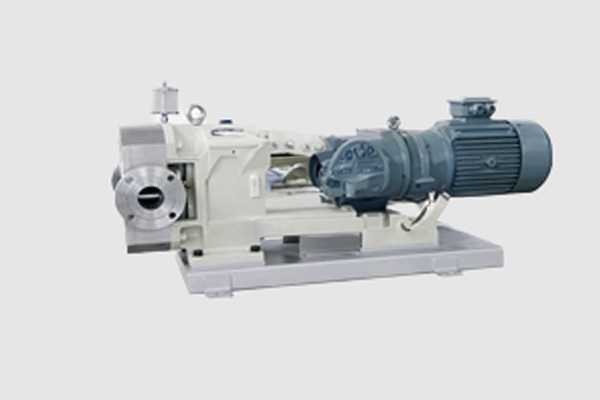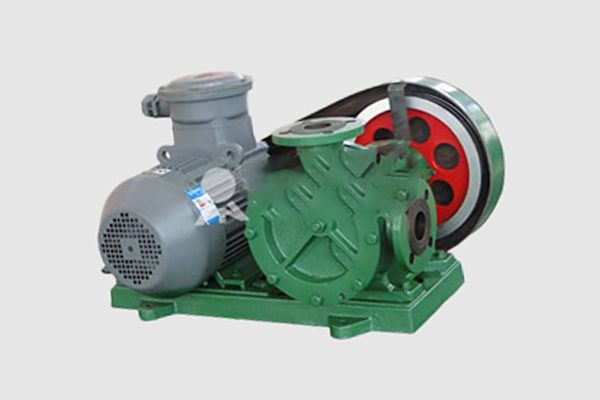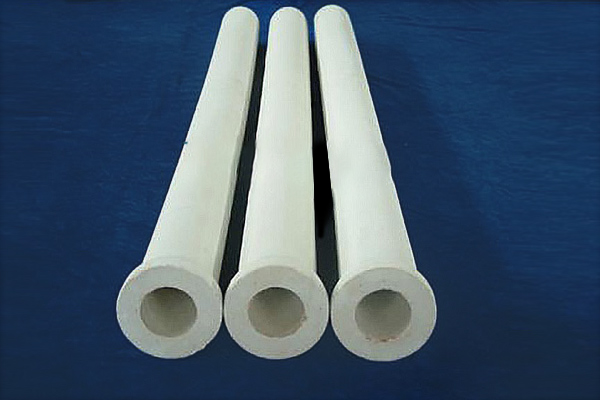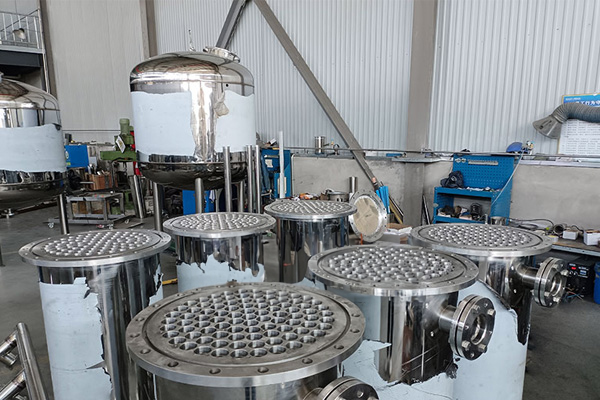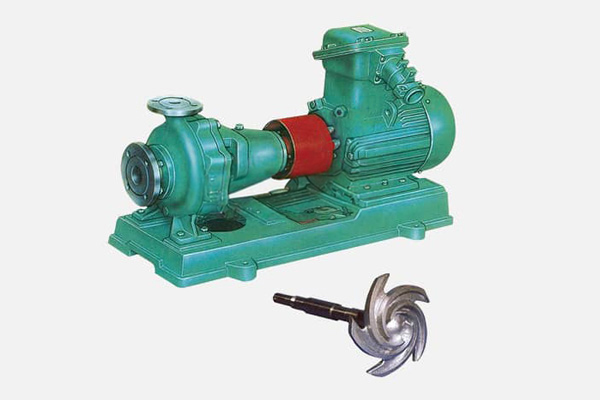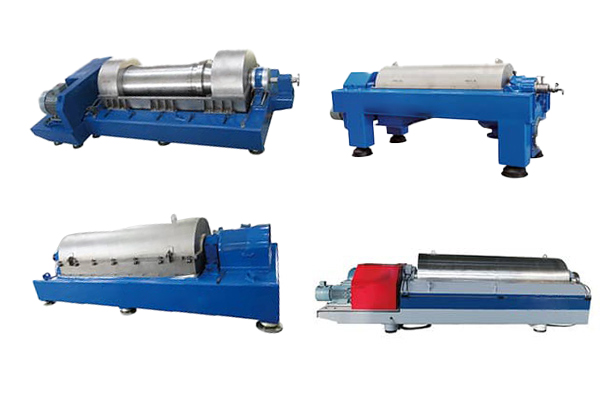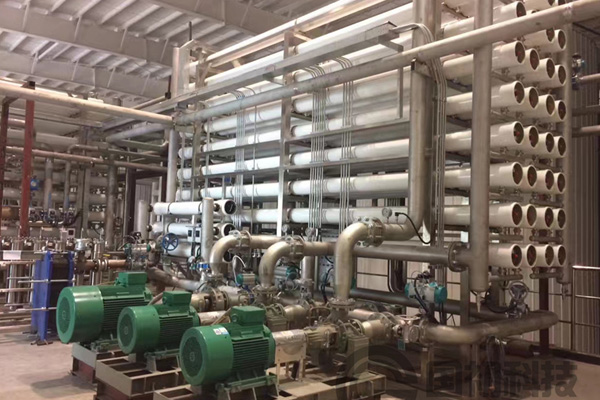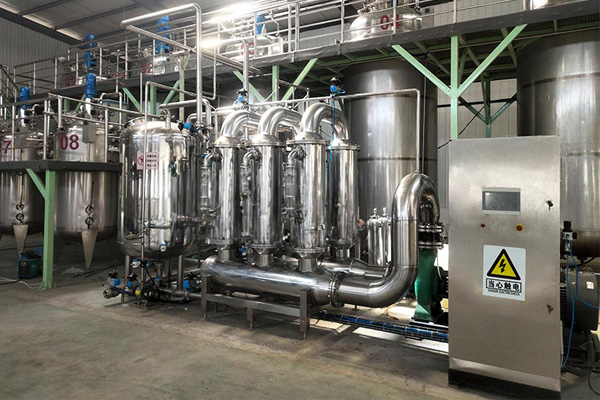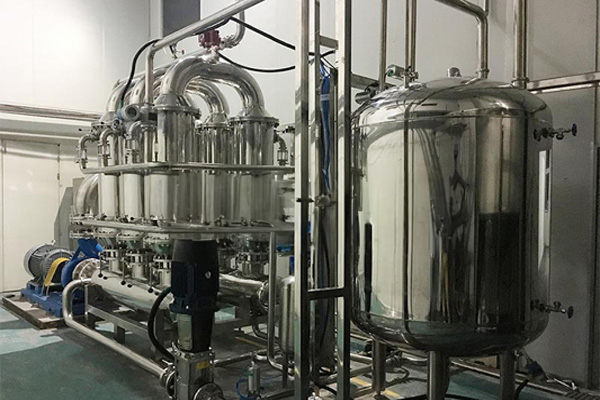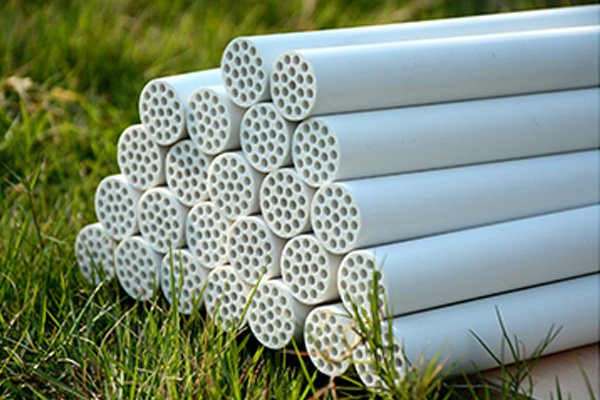Ceramic filter cartridge
Product IntroductionMade from high-quality raw materials such as corundum sand, alumina, silicon carbide, cordierite, quartz, etc., through molding and high-temperature sintering. Its structure is uniformly distributed with a large number of open pores, which have the characteristics of easy control of micro pore size, high porosity, and uniform pore size. This filter element has low filtration resistance, good permeability, high temperature resistance, high pressure resistance, chemical corrosion resistance, acid and alkali corrosion resistance, aging resistance, high mechanical strength, simple regeneration, and long service life. As a filtration and purification material, it has been widely used in solid-liquid separation, gas purification, soundproof water treatment, aeration and other fields such as chemical, petroleum, metallurgy, food, electronics, pharmaceuticals, water treatment, etc.Characteristic1. High filtration accuracy, suitable for precision filtration of various media, ideal filtration accuracy can reach 0.1um, filtration efficiency>95%.2. Good acid and alkali resistance, suitable for filtering strong acid (such as sulfuric acid, hydrochloric acid, etc.), strong alkali (such as sodium hydroxide, etc.) media, and various organic solvents.3. High mechanical strength, suitable for filtering high-pressure fluids, with an ideal working pressure of up to 16MPa.4. Good thermal stability, suitable for filtering high-temperature gases such as smoke, etc., with a working temperature of up to 900 ℃.5. Long service life, generally ranging from 6 months to 3 years depending on the different filtering media.6. Easy to operate, sustainable operation, long blowback gap cycle, short blowback time, and easy automation operation.7. Good cleaning condition, porous ceramic itself is odorless, non-toxic, and free of foreign matter detachment, and can be used for sterile media filtration. Filters can be sterilized using high-temperature steam


